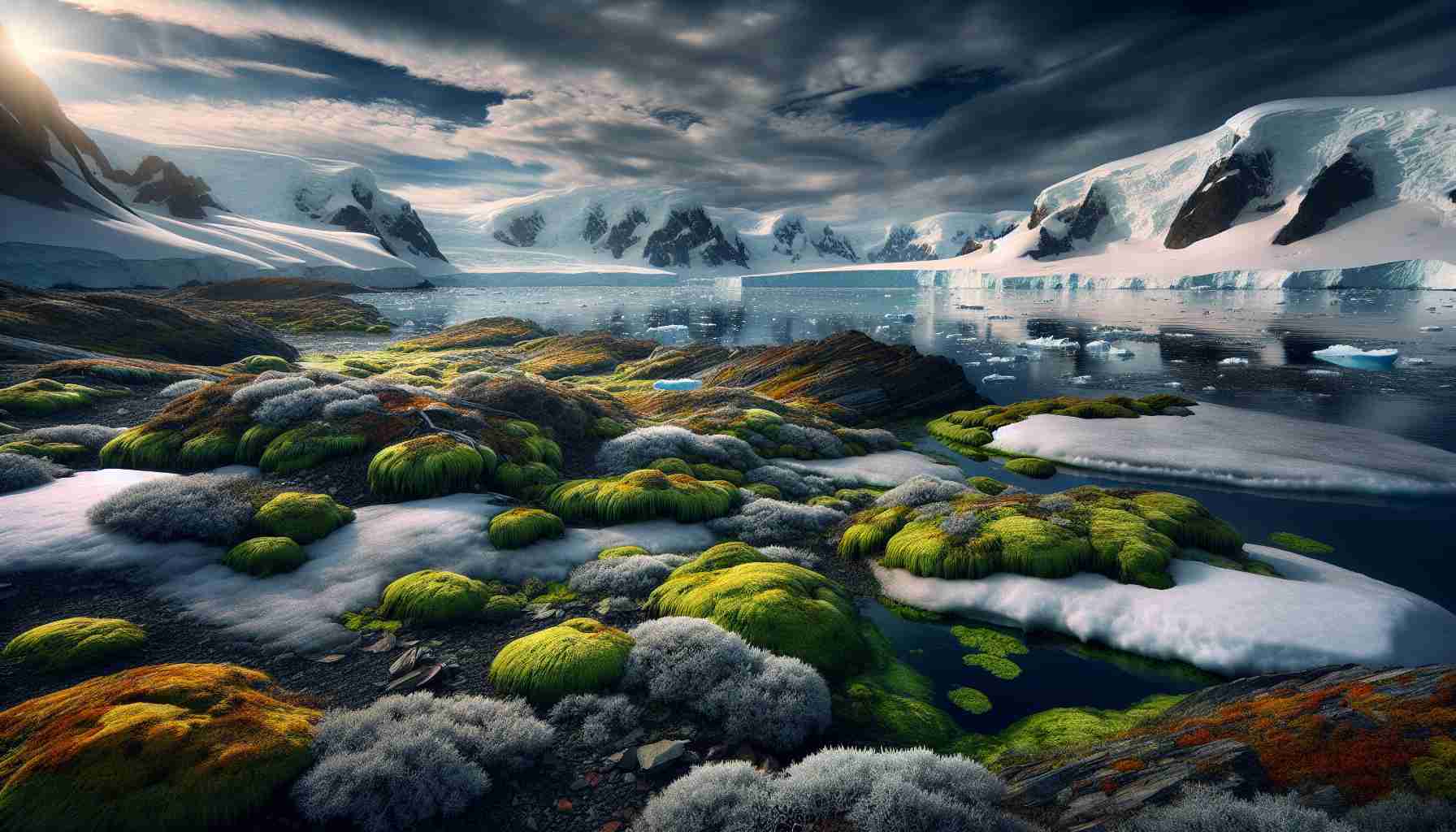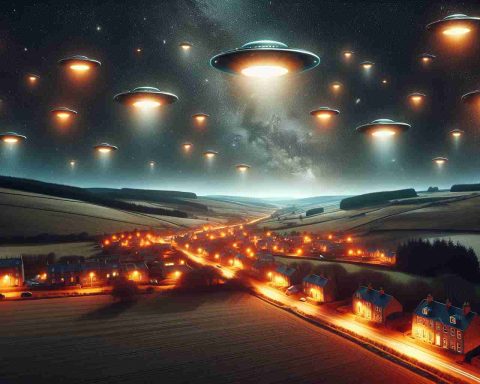Antarctica is witnessing a remarkable transformation, with a decline in sea ice during its winter months and a significant expansion of plant life due to rising temperatures. The frozen seawater on the ocean’s surface hit a record low at the end of the recent southern winter, marking the second consecutive year of historic lows. The US National Snow and Ice Data Centre reported that Antarctica’s sea ice reached its second-lowest extent in a satellite record spanning over four decades, at 17.2 million square kilometres.
This reduction amounts to an area approximately three times the size of mainland France compared to the average maximum ice coverage. The seasonal fluctuations of sea ice, which grows in winter and melts in summer, now indicate an impending shrinkage as the southern hemisphere moves towards summer.
Despite concerns from scientists about the Antarctic’s future, the expanding vegetation on the continent is a significant development that raises questions about the ecosystem and climate dynamics of the region. The decline in sea ice is crucial as it has implications for global temperature regulation and sea level control, given the important role of the southern polar region in these processes. Additionally, the reduction in sea ice alters the reflective properties of the region, leading to increased heat absorption by the oceans and further contributing to climate change.
Exploring the Impact of Expansion of Antarctic Vegetation as Sea Ice Declines
Antarctica, the southernmost continent on Earth, continues to experience notable changes as a result of shifting environmental conditions. In addition to the decline in sea ice during winter months, there has been a corresponding expansion of vegetation across certain regions of the continent. While the growth of plant life in this seemingly inhospitable environment may hold promise for scientific study and ecological exploration, it also presents a series of important questions and challenges.
One key question that arises from the expansion of Antarctic vegetation is how these changes will impact the existing ecosystem dynamics. As plant life spreads into areas that were previously covered with ice, how will this affect the availability of resources for wildlife native to the region? Will certain species benefit from the increased vegetation, while others struggle to adapt to the evolving landscape?
Another crucial consideration is the role of these vegetation changes in the broader context of climate dynamics. As sea ice declines, the reflective properties of the Antarctic surface are altered, leading to increased absorption of solar radiation by the underlying land and ocean. This, in turn, can contribute to further warming in the region and has implications for global climate patterns.
Key Challenges and Controversies:
1. Ecosystem Disruption: The rapid expansion of vegetation could disrupt established ecological relationships in Antarctica, potentially leading to shifts in predator-prey dynamics and overall biodiversity.
2. Altered Carbon Cycling: The introduction of more plant life may affect the carbon cycle in the region, with uncertainties about whether this will act as a sink or source of greenhouse gases.
3. Human Impact: Increased human activity in Antarctica, driven by growing interest in the region’s changing environment, could introduce new challenges for conservation and sustainable management efforts.
Advantages:
– Scientific Discovery: The expansion of vegetation provides researchers with a unique opportunity to study how plant life adapts to extreme conditions, offering insights into resilience and adaptation.
– Ecosystem Benefits: The presence of more vegetation could potentially create new habitats for Antarctic wildlife, supporting biodiversity in the region.
Disadvantages:
– Unknown Consequences: The long-term effects of widespread vegetation growth in Antarctica are still largely unknown, raising concerns about unintended consequences for the ecosystem.
– Climate Feedback: Changes in vegetation cover may feedback into climate systems in ways that are difficult to predict, potentially exacerbating existing climate change trends.
In conclusion, while the expansion of Antarctic vegetation as sea ice declines presents exciting avenues for research and discovery, it also poses complex challenges and uncertainties. Understanding the intricate links between these environmental changes and their impacts on the Antarctic ecosystem and global climate remains a critical area of study.
For further information on Antarctic research and environmental developments, visit Antarctica.gov.au.


















